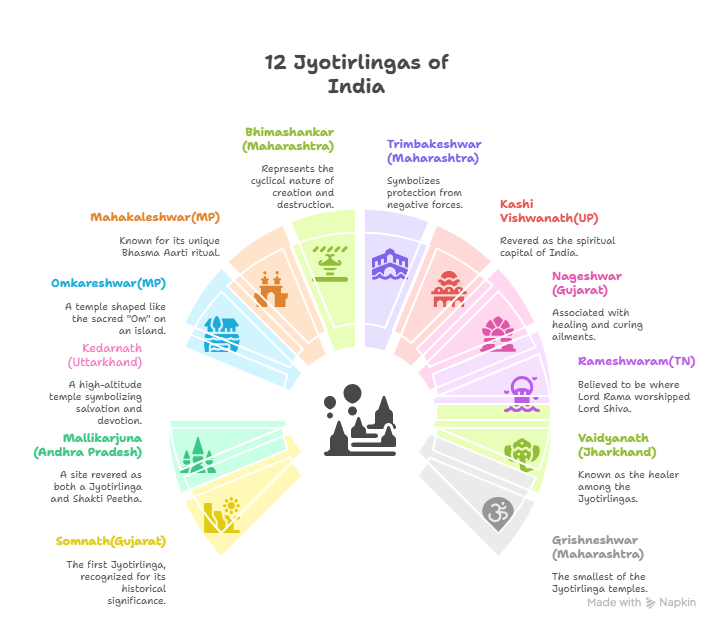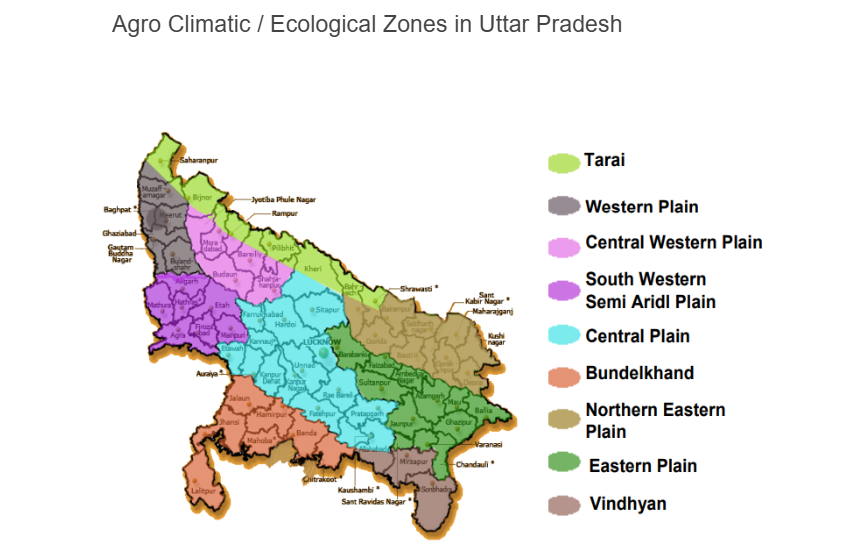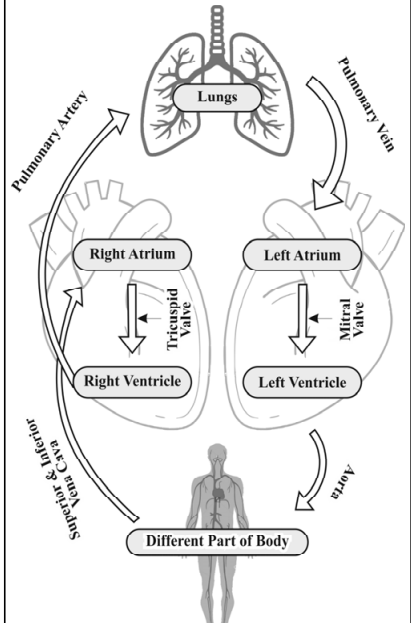Uttar Pradesh Switch to Hindi
Holy Water Exchange Programme
Why in News?
On the third Monday (28th July 2025) of the sacred Shrawan month, Uttar Pradesh Chief Minister Yogi Adityanath launched a historic holy water exchange programme between the Kashi Vishwanath Temple and the Shri Rameswaram Jyotirlinga.
Key Points
- Background: The exchange programme is part of Prime Minister Narendra Modi's Kashi-Tamil Sangamam initiative, aimed at fostering closer ties between the people of Kashi (Varanasi) and Tamil Nadu.
- Sacred Water and Sands Exchange: The exchange involved urns filled with sacred water and sands: from Prayagraj's Triveni Sangam (Holy confluence of Ganga, Yamuna, and mythical Saraswati) and Rameswaram Kodi Tirtham (Sacred water from the Rameswaram temple in Tamil Nadu).
- These were exchanged between the representatives of the Devakottai Zamindar Family Trust (DZFT) of Shri Rameswaram Jyotirlinga and officials of Kashi Vishwanath Temple Trust.
- The exchanged water will be used for the 'Jalabhishek' (ritual bathing) of both Lord Vishwanath and Lord Ramanathaswamy.
- Future Rituals: The Jalabhishek of Lord Vishwanath will take place on Shrawan Purnima, 9th August 2025, using the water brought from Rameswaram.
- Significance: This initiative strengthens the connection between Kashi and Tamil Nadu while reviving and preserving a sacred tradition for future generations, as described in the scriptures.
Kashi Tamil Sangamam
- About: It is a cultural initiative that aims to celebrate the deep-rooted historical and cultural ties and strengthen the ancient civilizational bond between Tamil Nadu and Kashi (Varanasi).
- The event aligns with the Ek Bharat Shreshtha Bharat initiative, emphasizing the integration of India’s diverse cultural heritage.
- The 3rd edition of Kashi Tamil Sangamam (KTS 3.0), a cultural confluence between Tamil Nadu and Kashi, took place in Varanasi, Uttar Pradesh in February 2025.
- Historical Significance:
- The historical ties between Kashi (Uttar Pradesh) and Tamil Nadu date back to the 15th century when King Parakrama Pandya of Madurai traveled to Kashi to bring back a sacred lingam for his temple (Sivakasi, Tamil Nadu).
- The Pandya rulers also established the Kasi Viswanathar Temple in Tenkasi, located in southwestern Tamil Nadu, near the Kerala border.
- This deep-rooted spiritual and cultural connection underscores the essence of the Kashi Tamil Sangamam initiative.
Uttar Pradesh Switch to Hindi
Weather Information Network and Data System (WINDS) Project
Why in News?
The state government has allocated Rs 9.77 crore for the Weather Information Network and Data System (WINDS) project, out of a total of Rs 60 crore allocated for the current fiscal year (2025-26).
Key Points
- About: WINDS is a programmatic initiative to strengthen weather data infrastructure in the country and to provide good-quality weather datasets from a single digital platform.
- Launched by the Ministry of Agriculture and Farmers' Welfare in July 2023, it is a national-level initiative that integrates the existing infrastructure and expertise available with the Indian Meteorological Department (IMD), various State Governments, and public/private technical organizations.
- Objective: The WINDS project aims to provide hyper-local weather forecasting to boost agricultural productivity.
- Components: The project will involve the installation of weather stations and rain gauges at the block and panchayat levels.
- Weather Stations: A total of 308 automatic weather stations will be installed in selected blocks to provide precise and real-time weather data for local areas.
- Rain Gauges: Around 55,570 rain gauges will be set up across gram panchayats to measure rainfall and determine local rainfall patterns.
- Additional Infrastructure:
- 518 weather stations are under construction by the revenue department and the Indian Meteorological Department (IMD).
- Expected Benefits:
- Agricultural Productivity: With precise weather forecasts, farmers will be better prepared for extreme weather events like droughts, floods, and storms.
- This will help farmers take preemptive measures to protect their crops and plan for optimal harvesting times.
- Risk Assessment & Loss Estimation: WINDS will assist in estimating losses caused to horticultural crops during extreme weather conditions, helping stakeholders respond effectively.
- Crop Insurance & Agriculture Programs: The weather data will be used to decide crop insurance and aid in other agricultural programs, thus boosting overall productivity.
- Air Quality Monitoring: The project also focuses on improving air quality monitoring through the development of low-cost, reliable, sensor-based systems.
- Technological Advantage: WINDS employs advanced weather data analytics to provide actionable insights for agriculture.
- The system aims to generate hyper-local weather data, which will support farmers in making informed decisions regarding irrigation, sowing, and harvesting.
- Agricultural Productivity: With precise weather forecasts, farmers will be better prepared for extreme weather events like droughts, floods, and storms.
Uttar Pradesh Switch to Hindi
CM Yogi Awards Over Jobs to Athletes
Why in News?
On the occasion of Nag Panchami, during the conclusion of the Uttar Pradesh Senior Wrestling Competition held at Gorakhnath Temple, CM Yogi Adityanath announced that over 500 athletes in Uttar Pradesh have been provided with government jobs as part of the state's commitment to promoting sports.
Key Points
- Wrestling Awards and Recognition: During the wrestling competition, the CM awarded prestigious titles such as UP Kesari, UP Kumar, and UP Veer Abhimanyu to the winners. The awardees included:
- UP Kesari: Jonty Bhati (Gautam Buddh Nagar) received ₹1.01 lakh and a mace.
- UP Kumar: Saurabh (Gorakhpur) received ₹1.01 lakh and a mace.
- UP Veer Abhimanyu: Monu (Gonda) received ₹51,000 and a mace.
- The CM also awarded ₹21,000 to third-place winners and ₹11,000 to the fourth-place winners in each category.
- Government Jobs for Athletes: Under the state’s sports policy, athletes who have excelled in Olympics, Asian Games, Commonwealth Games, World Championships, and National Games are being provided with government employment.
- Sports Infrastructure Development: CM emphasized the government’s efforts over the last eight years to develop sports infrastructure at the village, block, and district levels.
- Key developments include the construction of sports grounds at the village level, mini-stadiums at the block level, and full stadiums at the district level.
- Role of Sports in Personal and Social Development: Reflecting on the importance of sports, CM Yogi quoted a phrase from ancient Indian philosophy, “Sharir Madhyam Khalu Dharm Sadhanam”, meaning that a healthy body is essential for the fulfillment of religious duties.
Key Points of the Uttar Pradesh Sports Policy 2023
- Creation of Uttar Pradesh Sports Development Fund (UPSDF): ₹10 crore fund to support infrastructure, athletes, associations, and academies, especially those lacking resources.
- Institutional Support: Formation of a State Sports Authority to manage sports policy, talent mapping, and infrastructure development.
- Centers of Excellence & Infrastructure:
- Up to 14 sports-specific Centres of Excellence under the PPP model.
- Five High Performance Centres for elite training.
- Sports centers in every district with improved facilities (hostels, fitness experts, diet experts).
- Focus on district, block, and village-level sports infrastructure (stadiums, mini-stadiums, playgrounds).
- Athlete Development: Athletes divided into three tiers: Grassroots (beginner), Developmental (talented) and Elite (top performers).
- Focus on Inclusivity:
- Special emphasis on women’s participation and para-athletes (with exclusive coaches).
- Cashless health insurance up to ₹5 lakh for registered players, coaches, and families under the Ayushman scheme.
- State pension for players who represented UP nationally/internationally.
- Promotion of E-Sports and Indigenous Games: First state in India to include e-sports in official policy.
- Encouragement of indigenous/local games.
- Linkage with Education: 40 minutes of sports, physical education, or yoga included in school timetables.
- Promotion of sports nurseries/academies in schools.
- Sports Industry and Tourism: Support for making UP a hub for sports goods manufacturing (e.g., Meerut cluster).
- Boosting sports tourism.
- Comprehensive Talent Search & Khelo India Integration: Active participation in Khelo India University Games.
- Talent identification through university and academy competitions.
- Health and Welfare Measures: Eklavya Sports Fund for injury treatment and welfare.
- Personal accident insurance for athletes and coaches.
Uttar Pradesh Switch to Hindi
Uttar Pradesh to Establish 5 Seed Parks
Why in News?
The Uttar Pradesh government is aiming to make the state self-reliant in high-quality seed production by establishing five state-of-the-art seed parks across different agro-climatic zones.
Key Points
- About: The seed parks will address region-specific crop needs and ensure the availability of quality seeds, with an investment of Rs 2,500 crore over the next three years.
- The agriculture department has identified six large farms with existing infrastructure (ranging from 200 to 400+ hectares), which will be leased to private entities for seed production.
- Locations: The Seed Parks will be established in Western UP, Terai, Central UP, Bundelkhand, and Eastern UP.
- The first seed park, named after former Prime Minister Chaudhary Charan Singh, will be established in Attari, Lucknow. It will feature facilities for seed production, processing, storage, speed breeding, and hybrid laboratories.
- Model: The government is using a Public-Private Partnership (PPP) model, offering incentives to private investors, with land leases for 30 years, extendable up to 90 years.
- Benefit: Uttar Pradesh, with its large agricultural base, stands to benefit greatly from this initiative. Key benefits include:
- Job Creation: Across all five parks, approximately 6,000 direct jobs and 15,000 indirect jobs will be generated, benefiting nearly 40,000 seed-producing farmers.
- Self-Reliance in Seed Production: The state expects to save around Rs 3,000 crore annually by producing seeds locally, strengthening the local economy, and creating jobs in production, logistics, and transport.
- Seed Replacement Rate (SRR): This initiative is expected to improve the SRR, directly impacting crop yields.
- Potential Yield Improvement: Officials estimate that better seed availability could narrow the yield gap by 15-20%.
- Uttar Pradesh has the largest cultivable land and the highest irrigated area in the country, but lags behind states like Punjab and Haryana in per-hectare yields.
- Quality Issues: The establishment of these seed parks will ensure better seed quality for farmers across Uttar Pradesh.
- Poor-quality seeds, identified in 3,630 out of 1,33,588 tested samples in the 2023-2024 Seed Test Report, lead to low germination rates, delayed re-sowing, wasted investments in land preparation and fertilizers, and ultimately, reduced crop yields.
Uttar Pradesh Switch to Hindi
UP’s 1st Transcatheter Aortic Valve Implantation (TAVI)
Why in News?
The LPS Cardiology Institute in Kanpur has become the first government medical college in Uttar Pradesh to offer TAVI (Transcatheter Aortic Valve Implantation) for heart valve replacement in elderly patients.
- TAVI avoids open-heart surgery by implanting a new valve without intense invasive procedure. It promises to reduce risks and improve the quality of life for senior heart patients.
Key Points
- TAVI: TAVI is a minimally invasive procedure that involves implanting a new aortic valve using a catheter inserted through a vein in the patient's leg.
- Unlike traditional open-heart surgery, TAVI avoids the need for large incisions, reducing recovery time and risks, especially for elderly patients.
- Procedure and Benefits: The new valve, made from the membrane of animal hearts, is implanted in place of the damaged valve.
- Unlike metal valves, which come with higher risks, animal membrane valves have a longer lifespan of 15 years.
- Global Significance and History: The TAVI technique was pioneered by German specialist Dr. Alain Kreebeyer in the early 1990s and was first implemented in 2002.
- India adopted this innovative procedure in 2010.
- India adopted this innovative procedure in 2010.
Human Heart
- Function: Pumps blood throughout the body via blood vessels, supplying oxygen and nutrients, and removing waste products.
- Heart Wall:
- Epicardium: Outer layer.
- Myocardium: Middle muscular layer (responsible for heart contraction).
- Endocardium: Inner lining.
- Chambers of the Heart:
- Atria (upper chambers): Receive blood.
- Ventricles (lower chambers): Pump blood.
- Right Heart: Right atrium + right ventricle.
- Left Heart: Left atrium + left ventricle.
- Septum: Divides the left and right sides of the heart.
- Heart Valves: Prevent backflow of blood, ensuring one-direction flow.
- Pacemaker and Heart Rhythm: Controlled by the Sinoatrial (SA) Node, generating electrical impulses.
- Heart rate: 60-100 beats per minute at rest.
- Blood Flow:
- Deoxygenated Blood: From body → right atrium → right ventricle → lungs (oxygenated).
- Oxygenated Blood: From lungs → left atrium → left ventricle → body.
- Tachycardia:
- Heart rate > 100 beats per minute.
- Caused by stress, medications, or underlying heart conditions.
- Key Figures:
- William Harvey: Discovered blood circulation.
- Dr. Christian Barnard: First successful heart transplant in 1967.
Uttar Pradesh Switch to Hindi
Delhi to Adopt UP's Digital Grievance Redressal Model
Why in News?
Delhi is set to adopt Uttar Pradesh (UP)'s Integrated Grievance Redressal System (IGRS) and the CM Dashboard to improve governance and ensure efficient grievance management.
Key Points
- About: IGRS is a comprehensive grievance redressal system in Uttar Pradesh aimed at promoting good governance through the use of advanced technology and involving all stakeholders.
- Key Features:
- Citizens can easily and conveniently file grievances, track them across various platforms, and receive timely and satisfactory responses in terms of both quality and resolution.
- The system allows citizens to interact transparently with Government Departments/Offices, facilitating a smooth communication process.
- All complaints, regardless of the source, are centralized on a single platform, enhancing accessibility, monitoring, and effective resolution by relevant departments.
UP-DARPAN Dashboard (CM Dashboard)
- UP-DARPAN Dashboard for the Chief Minister helps in analytical review of projects/schemes through department ranking, district ranking, Timeline Series, and Statistical Graphical reports.
- D A R P A N (Dashboard for Analytical Review of Projects Across Nation) is a configurable multilingual product of the National Informatics Centre (NIC).
- It facilitates the presentation of real-time data on Key Performance Indicators (KPIs) of selected government schemes/projects to all the levels (State, Division, District) of officers for planning, evaluation, and monitoring.
- DARPAN provides seamless authentication and integration with the user repository through secure APIs for automatic update of data on a predefined frequency.
- D A R P A N (Dashboard for Analytical Review of Projects Across Nation) is a configurable multilingual product of the National Informatics Centre (NIC).









-UPPCS-English%20(web).png)
-UPPCS-English%20(mobile).png)

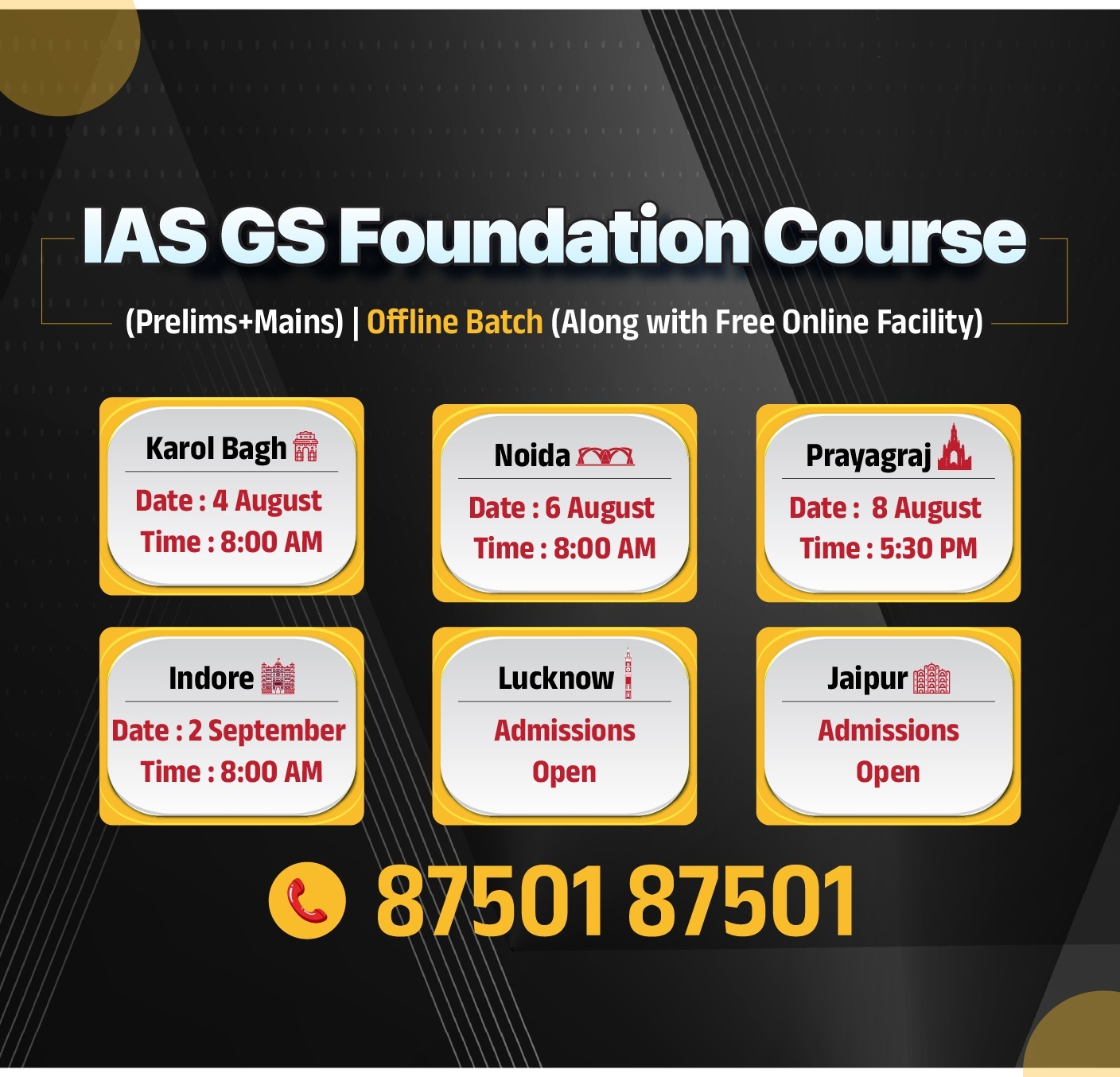

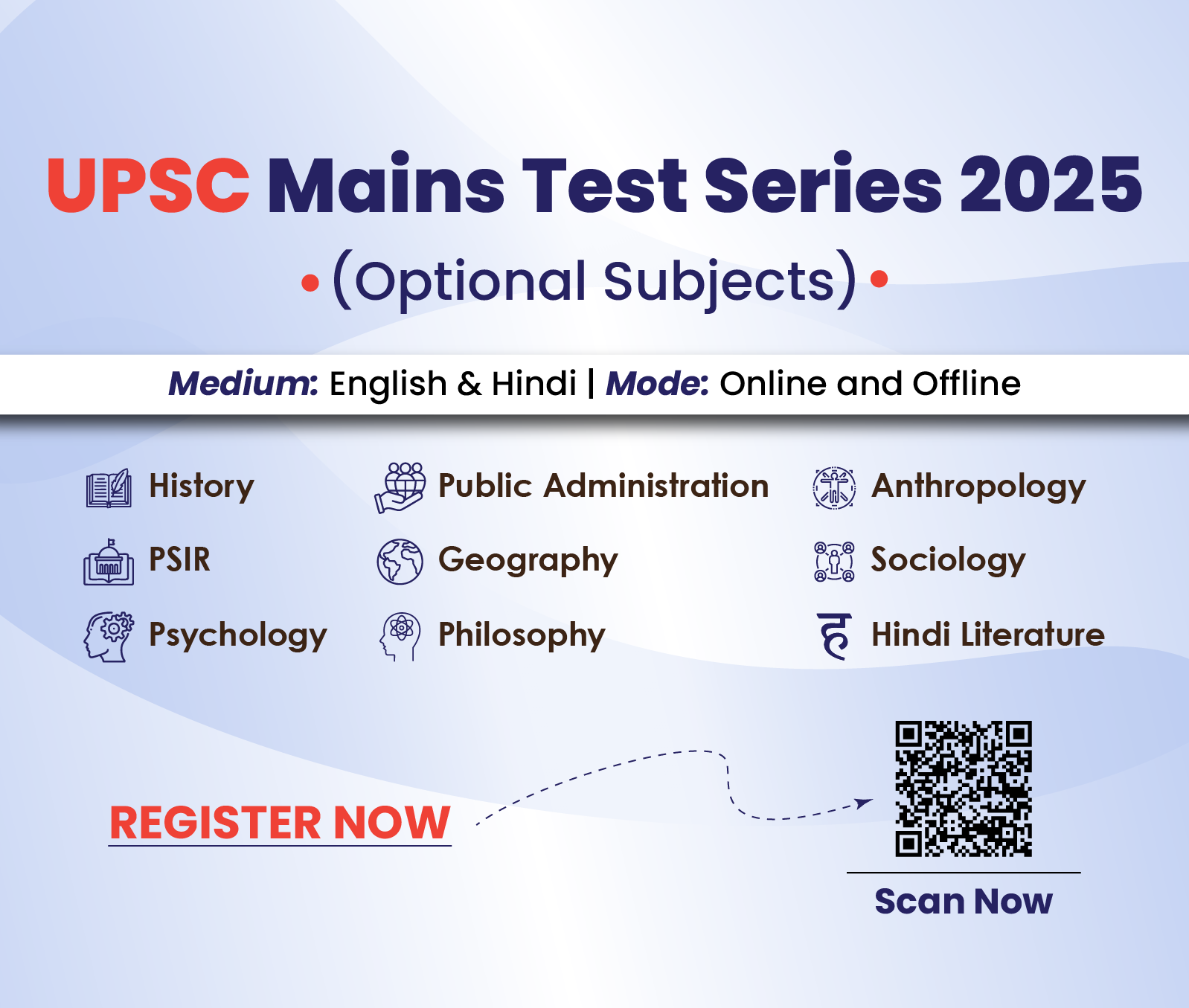

.jpg)



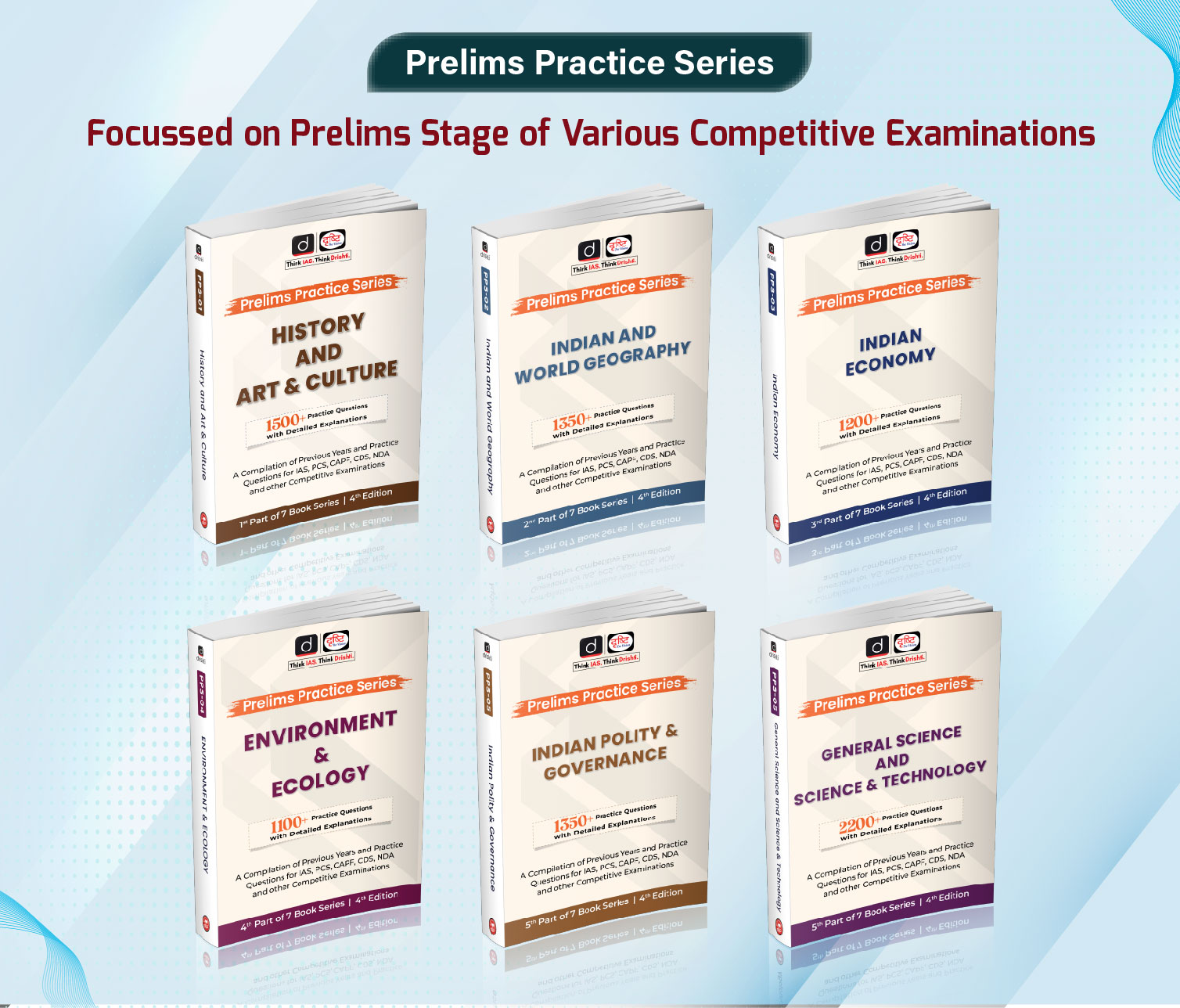

 PCS Parikshan
PCS Parikshan